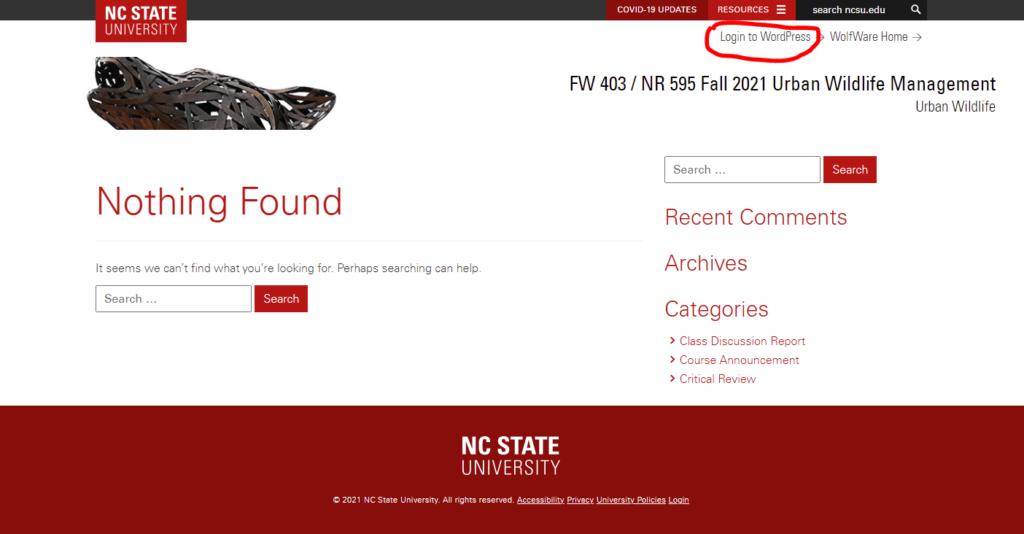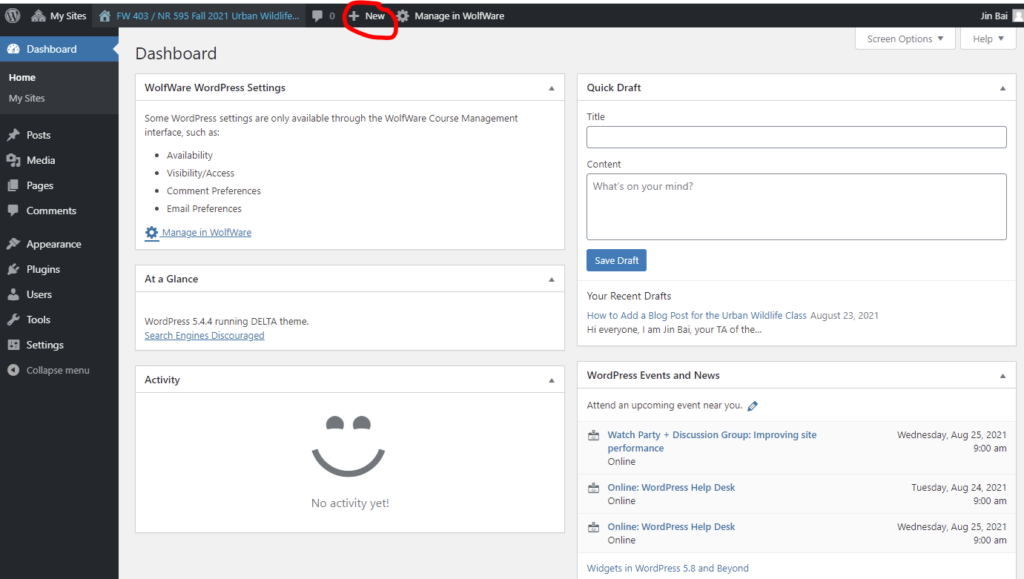This study was conducted to analyze the effects of black bear populations in urban areas. The intention was to gain data from all of North America; however, this study mostly focused on two communities in Colorado as that was a convenient location for researchers. The way of gaining data for this study was through a survey sent via mail and published on the internet. Researchers were then permitted to visit the homes of respondents in June of 2007. They discovered there is a rising problem with black bear encounters in the United States and one hope for this study was to find a way humans and bears can live together in harmony. Black bears are large animals, and can easily scare humans, even without trying to. The main goal of this study was to educate people about black bears and their desire to get food, not harm humans.
A study carried out in the United States, Mexico, and Canada has shown that about 82% of respondents believe confrontation or conflicts with black bears is becoming a more common occurrence. A study done by the same researchers shows that 62% of respondents believe the conflicts come from bears having increased access to trash or other food. Essentially, this study revealed that humans were responsible for increased bear encounters by leaving trash and other bear attracting food out. The respondents were not simply from neighborhoods as urban areas also include apartments, buildings, offices, and private homes.
There were very few challenges in getting people to participate in the study. Researchers visited residence in order to ask for participation, of the places visited, 24% of people or 553 people were talked to. As mentioned, the primary ways of sending the survey were via mail or through internet responses. Of the 24% connected with, 84% wanted an internet version and 7% wanted it mailed to them. Additionally, 3% requested a Spanish copy of the mailed version while 6% refused to participate. There were very few people who were contacted that chose not to participate in the study.
This study allowed for researchers to come up with ways to avoid human conflicts with bears in the area. Included below is a table of best practices to avoid these conflicts and the degrees at which they are effective. According to respondents, the best thing to do that results in a positive outcomes is to observe the bear from afar and watch for dangerous behaviors.
Don Carlos, Andrew W. Bright, Alan. Teel, Tara L. Vaske, Jerry J. https://www.tandfonline.com/doi/full/10.1080/10871200902839316#d1e307. Accessed 13 Sep. 2024.


